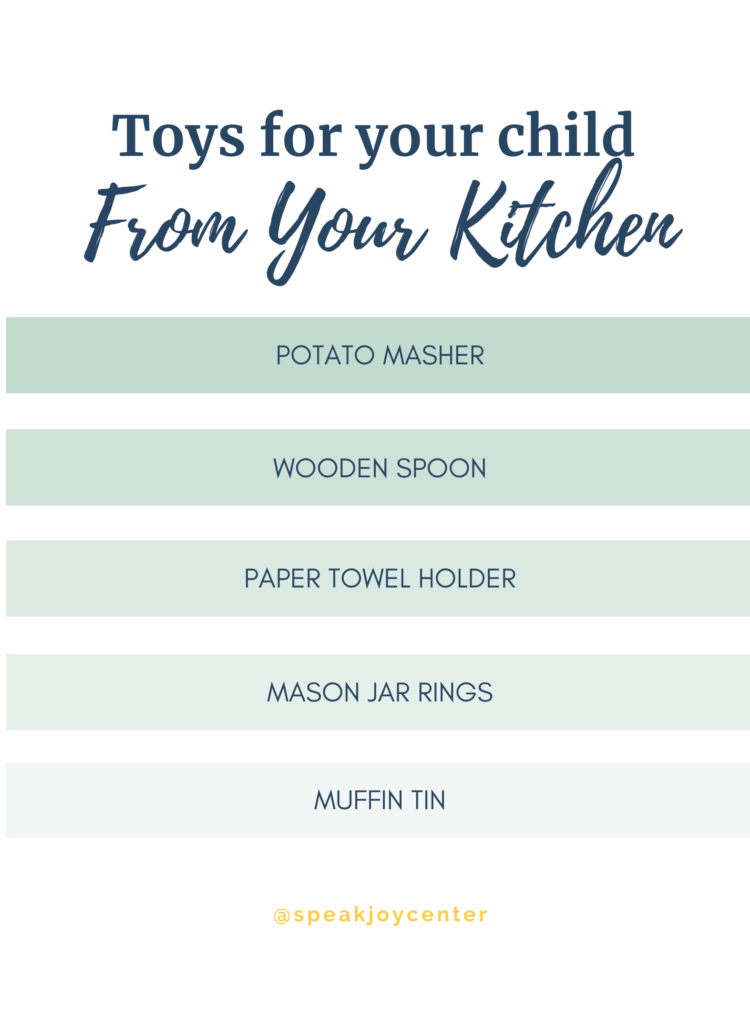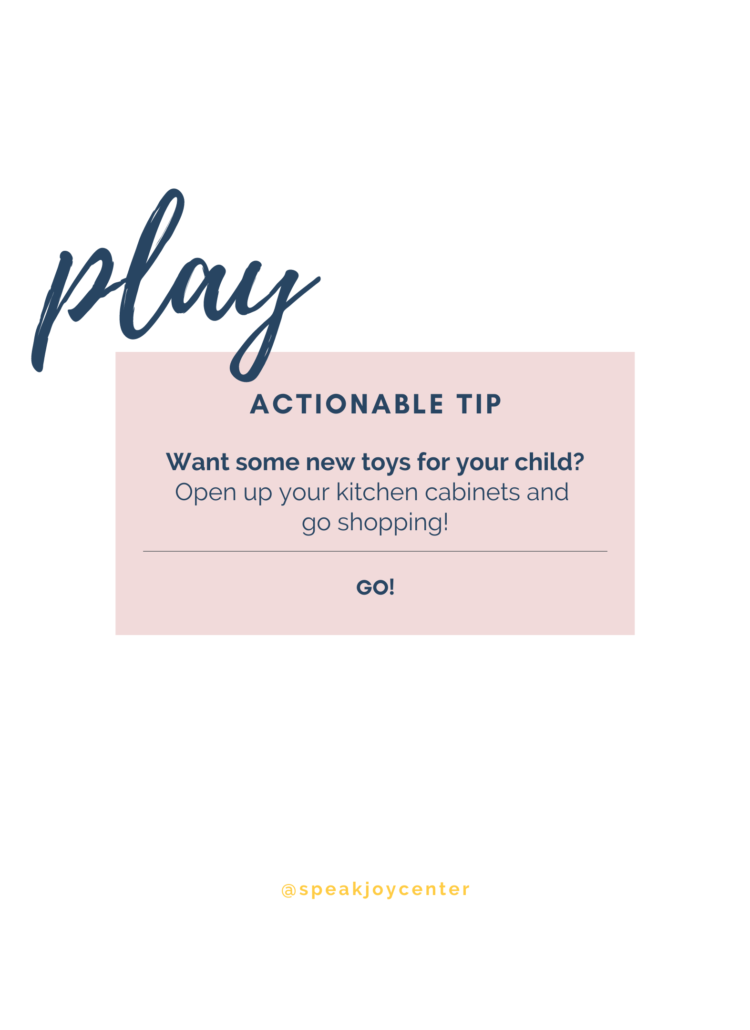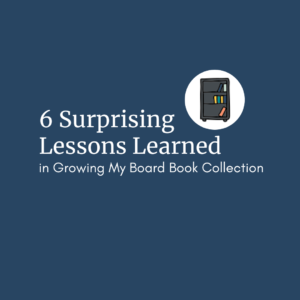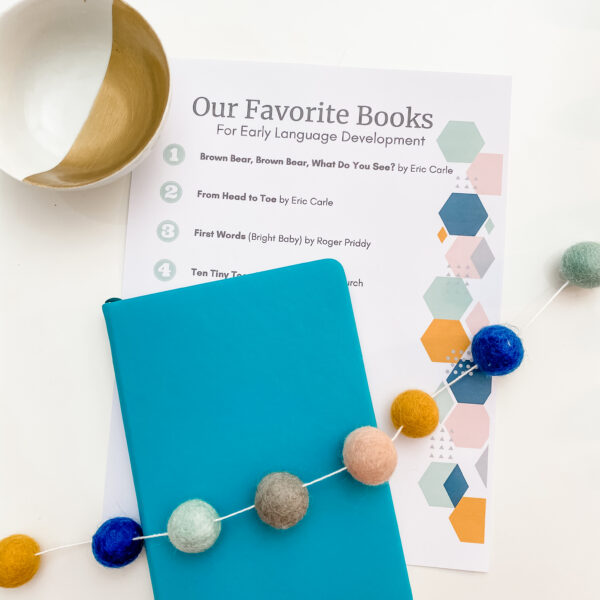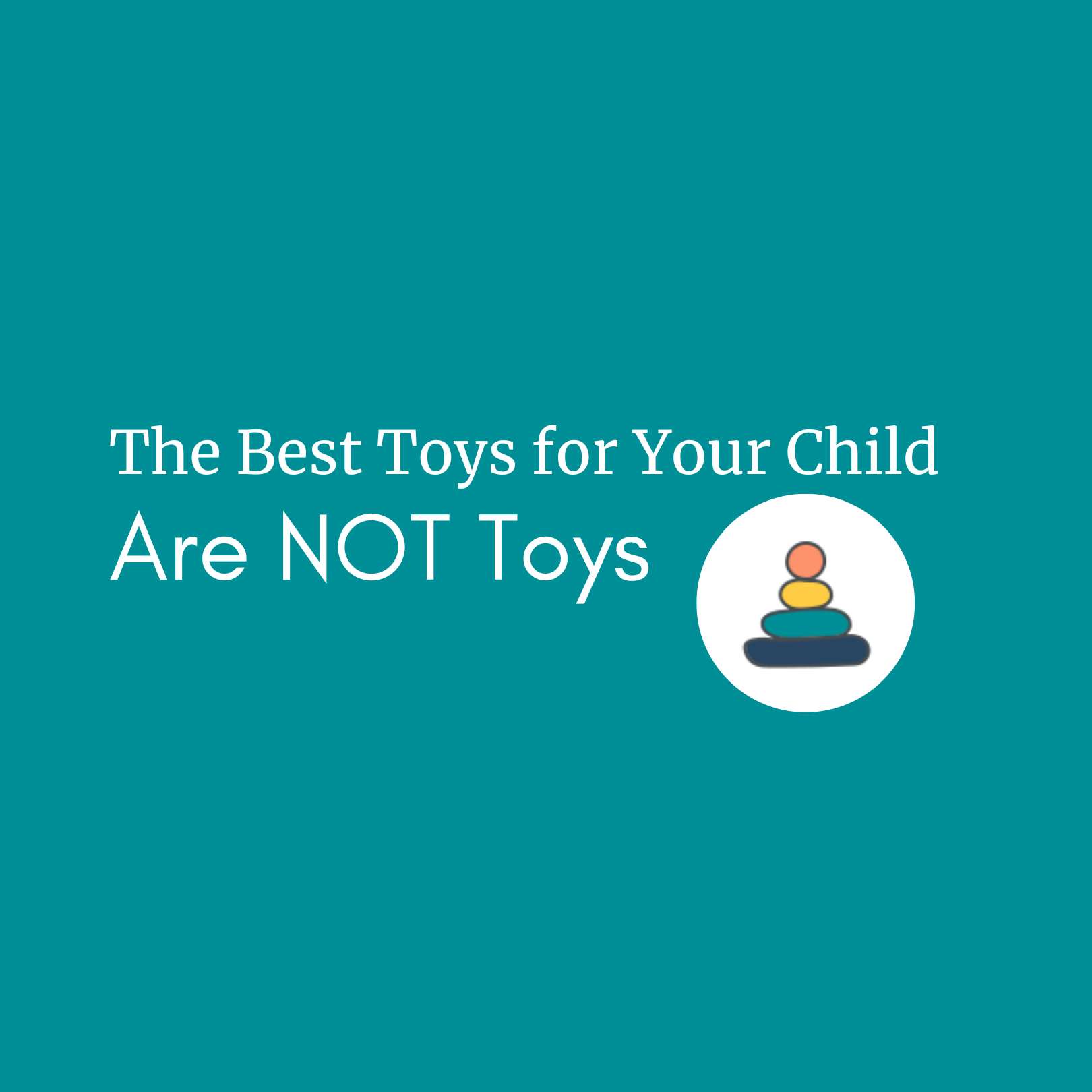
Each summer all my siblings and their families gather at my parents’ home for a week in the summer. There are a lot of people in one place, so it is loud, chaotic, and lots of fun!
Because my parents live just a mile or so from a great alpine lake, we always spend at least one full day at the lake – swimming, playing games, and digging in the sand on the lakeshore.
A few years ago, I watched with fascination as my 2-year-old niece and my 2-year-old nephew played for an extended period in the sand.
They were surrounded by all the typical sand toys you commonly see in a sand toy set – small shovels, buckets, sand forms, and water toys.
But they were not playing with any of them.
They were playing with their shoes.
Their shoes were off, and they were sitting barefoot in the shade of a sun canopy.
Over and over, both toddlers used one of their shoes as a shovel to scoop and pour sand.
Sometimes they poured the sand into their other shoes. Sometimes they swapped shoes. Sometimes they scooped sand with their hands to transfer it into their shoes.
They were completely engrossed in this play for a long time.
Although they had access to lots of great sand toys, the toys they chose were not toys. Their toys of choice were shoes.
Choosing Toys
The parents of these toddlers are great parents! They want the best things for their kids.
They were heading to the sandy shore of a lake, so they purchased and then hauled some really great sand toys.
Similarly, many parents do research and look for expert guidance when buying toys.
Some parents seek out educational toys and search for what toys will be the best teachers for their children.
In all these examples, toys are chosen by adults for children. And it makes sense. It’s logical.
It’s what we think that children want and need because they are the toys that are available and marketed to us.
A 2021 study found that parents use toy descriptions make toy purchase decisions and when the toy description highlighted the toys’ developmental benefits, parents became more likely to select electronic toys for their infants (Hassinger-Das et al., 2021).
But what if we look a little deeper at what children want to play with?
And if we look a little deeper at what type of play is best for children?
What if the answer is NOT toys?
The Best Toys are NOT Toys
My niece and nephew were telling us something when they sat in the warm breeze at the lake and chose to play with their shoes instead of all the other great sand toys.
Children frequently tell us which toys are the most engaging toys – not with their words but with their actions.
This scenario is familiar to most parents. A parent is frustrated that a child just received a new toy but all she wants is to play with the box which quickly becomes a rocket. Or a child has a room full of toys but pulls out a pot and a wooden spoon from the kitchen to use as a drum.
Shoes as sand toys.
A box as a rocket.
A pot and spoon as a drum.
Each of these has a common characteristic.
They are all found objects in the child’s environment that are open-ended and flexible so they can be played with and manipulated in many ways.
And that’s the answer.
THOSE are the best toys – objects that are open-ended, flexible, and often found in the child’s environment.
Clearly children enjoy open-ended objects as toys but what is best for children from an educational perspective?
Learning from Play
Jean Piaget is widely attributed with the idea that play is the work of children.
And it is through play that children learn.
The specific type of play that helps infants and toddlers learn is heuristic play.
Heuristic play is play that uses natural and household objects so that they can experiment, discover, and learn about the world around them (Riddall-Leech, 2009).
As children can play with, experiment with, and manipulate materials, they learn how they work, what they can do, and have fun.
Additionally, heuristic play supports creativity, critical thinking, and problem solving.
That’s a lot of learning from a little play!
Rethinking Your Toys
It might be time to rethink the toys you have in your playroom, in your classroom, or in your therapy bag.
Here are a few steps as you rethink your toys.
1.Observe your child or children in play.
Set out some toys for your child or children and then sit back and quietly observe.
What do you notice?
Which toys does your child play with most frequently?
Which toys are the most engaging?
Are there non-traditional “toys” your child frequently plays with?
Do those toys or materials have anything in common?
See if you can see patterns in the types of toys or materials your child gravitates to and is most engrossed with.
2.Thin out the toys on your toy shelf, playroom, or classroom.
From your observations, you may have noticed that there are toys that your child is not playing with at all or toys that were exciting when they were new but have lost their novelty.
Gather up those toys and donate them to your local charity shop.
A 2018 study found that toddlers engaged in longer periods of play with a single toy when provided few toys overall (Dauch et al., 2018).
Having fewer toys encourages more learning in play.
When there are fewer toys to play with, a child is more exploratory with the toys he has.
Less is more when it comes to toys!
3.Introduce some open-ended materials to your play space.
When you observed your child or children, you may have noticed an interest with repeatedly putting objects in a container and dumping them out.
What open-ended materials do you have in your home or classroom that could be repurposed as open-ended materials?
A few large, metal bowls from the kitchen that rarely get used could be repurposed as play materials.
Perhaps you have beanbags from an infrequently used outdoor game that could be put to regular use in your play space.
From home, you could collect empty egg cartons, paper towel tubes, and laundry detergent scoops.
From nature, you could collect shells, sticks, or pinecones.
From a thrift store, you could inexpensively find muffin tins, wooden spoons, or funnels.
Identify a few open-ended materials and introduce them to your play space or classroom.
Then observe how your child or children interact with the “new” materials.
References & Resources
Daly, L. & Beloglovsky, M. (2017, October 31). Loose parts 2: Inspiring play with infants and toddlers. Community Playthings. http://www.communityplaythings.com/resources/articles/2017/loose-parts-play-for-infants-and-toddlers
Dauch, C., Imwalee, M., Ocasio, B., & Metz, A.E. (2018). The influence of the number of toys in the environment on toddlers’ play. Infant Behavior and Development, 50, 78-87. https://doi.org/10.1016/j.infbeh.2017.11.005
Hassinger-Das, B., Quinones, A., Diflorio, C., Schwartz, R.,Cyrielle, N., Takoukam, T., Salerno, M., & Zosh, J.M. (2021). Looking deeper into the toy box: Understanding caregiver toy selection decisions. Infant Behavior and Development, 62, 101529. https://doi.org/10.1016/j.infbeh.2021.101529
Riddall-Leech, S. (2009). Heuristic play: Play in the EYFS. Practical Pre-School Books.
Stockdale, A. (n.d.) How to use loose parts with toddlers. Learning Through Experiences. https://learningthroughexperiences.com/loose-parts-for-toddlers/
Image Attribution
Pyramid Toy icon by Icons8
